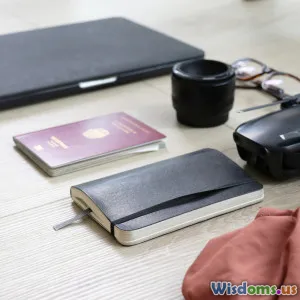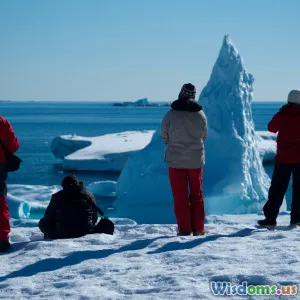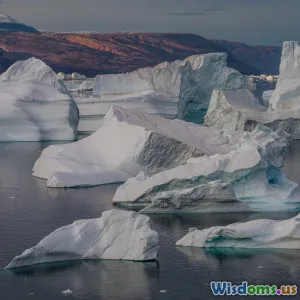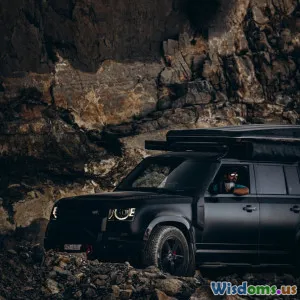
Adventure Travel on a Shoestring Budget Real Life Examples
8 min read Explore inspiring real examples of adventure travel on tight budgets and learn how to journey far without breaking the bank. (0 Reviews)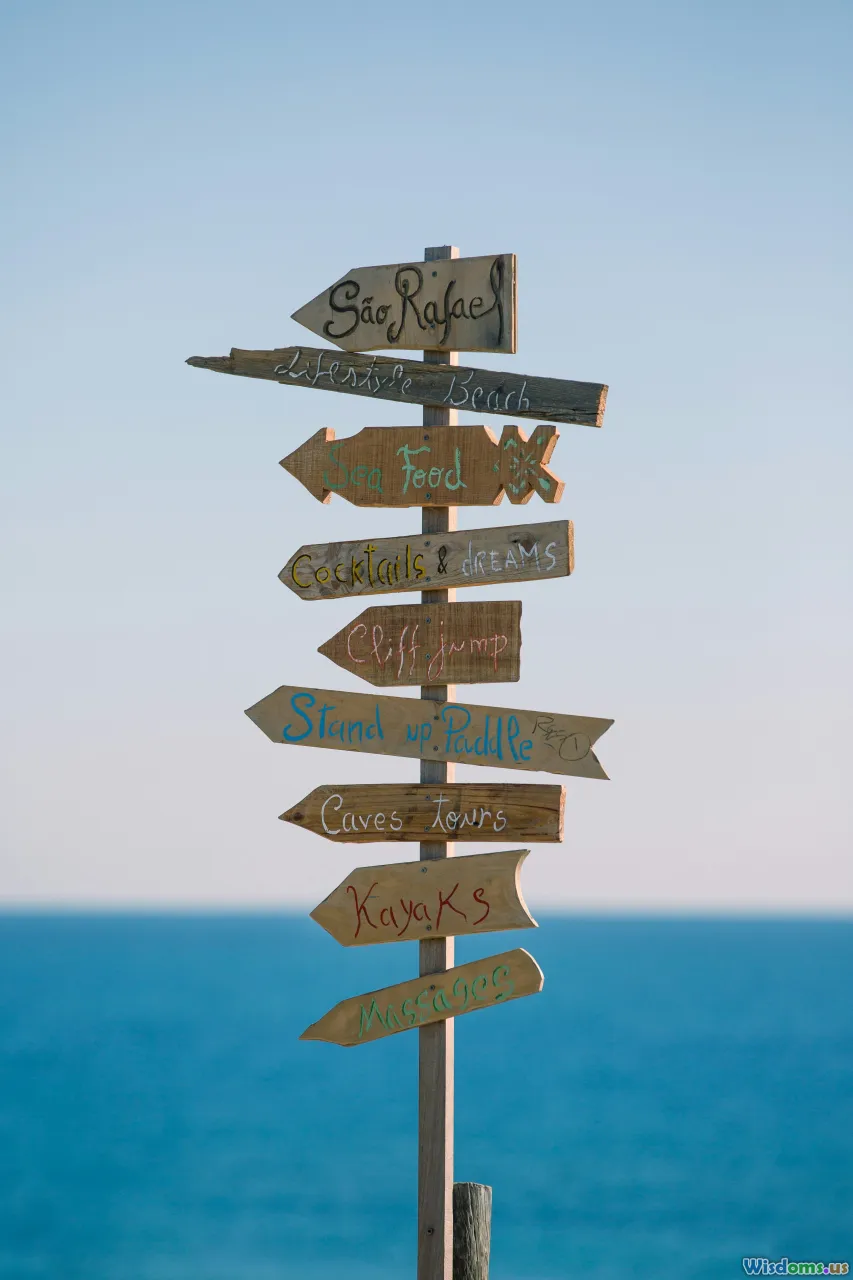
Adventure Travel on a Shoestring Budget: Real Life Examples
Introduction
What if you could maximize thrills, explore remote destinations, and immerse yourself in unforgettable experiences, all without draining your savings? For many, adventure travel evokes images of expensive gear, pricey flights, or luxury tours. Yet, countless travelers defy these myths, proving that rugged escapades can thrive on shoestring budgets. This article delves into real-life examples of adventure travel on limited funds, unveiling how creativity, resourcefulness, and determination unlock access to the world's wonders.
Whether you dream of trekking ancient trails, diving into vibrant cultures, or embarking on wild road trips, learning from those who have successfully navigated budget constraints is priceless. From South America to Southeast Asia, let's explore inspiring stories, actionable tips, and research-backed methods to turn ambitious travel dreams into budget-friendly realities.
The Mindset Behind Budget Adventures
Embracing Minimalism and Flexibility
Budget adventure travelers share common traits: an adaptable attitude and minimalist approach. Leah, a solo traveler from Canada, spent six months cycling through Central America on just $10 per day. She credits her success to shedding unnecessary possessions and embracing unpredictable local transportation instead of expensive rentals.
According to a 2021 survey by Hostelworld, 65% of budget travelers prioritize flexible travel dates and routes to capitalize on last-minute deals and off-peak prices. This agility can transform an expensive holiday into an achievable adventure.
Prioritizing Experiences Over Comfort
Jacob and his friends from Australia wanted to explore the Torres del Paine in Patagonia without exorbitant tour costs. Instead of booking packaged tours, they embraced camping, cooking their own meals, and traversing trails independently. The result was a deeply immersive experience costing less than half the price of guided treks.
A 2022 Adventure Travel Trade Association (ATTA) report showed that travelers willing to accept basic accommodations and self-guided experiences save an average of 40% compared to full-service tour packages.
Real-Life Examples of Shoestring Adventure Travel
1. Hiking the Annapurna Circuit in Nepal on $15 per Day
Sarah, a university student from the UK, planned a two-week Annapurna trek on an extremely tight budget. By staying in local teahouses, eating Nepali dal bhat, and hiking without porters, she kept costs minimal. Her daily expenses broke down into:
- Accommodation: $5
- Food: $6
- Miscellaneous (permits, toiletries): $4
Despite frugal spending, Sarah reveled in breathtaking mountain views and authentic cultural interactions, proving that iconic adventure destinations need not be financially inaccessible.
2. Southeast Asia Backpacking with $500 for Three Months
Carlos from Spain set out to explore Thailand, Laos, and Vietnam with only $500. His approach combined group hostel stays, street food, and budget bus travel. Carlos also volunteered intermittently, earning free accommodation while assisting in rural community projects.
Platforms like Workaway and HelpX have revolutionized budget travel by linking travelers with hosts in exchange for work. Carlos credits this exchange with extending his journey and enriching his experiences.
3. Road-Tripping Across Morocco for Under $20 Daily
Marwa, a Moroccan-American student, planned a month-long road trip exploring the Sahara Desert and ancient medinas using a second-hand motorcycle and camping gear borrowed from friends. She utilized local markets for meals and sometimes traded language lessons for accommodation.
Marwa highlights the power of networking and community engagement to lower travel costs substantially. The road trip cost averaged $18 per day, significantly below typical tourist expenses.
Practical Tips to Achieve Budget Adventures
Book Smart, Travel Smarter
- Use price comparison sites: Skyscanner and Rome2Rio help uncover affordable routes, including multi-leg journeys that combine buses, trains, and flights.
- Travel Off-Peak: Avoid peak seasons and weekends to benefit from discounts.
- Leverage Travel Miles: Frequent flyer programs can dramatically reduce transportation costs.
Prioritize Local and DIY Experiences
- Eat where locals eat: Street stalls in countries like Vietnam and Mexico provide authentic food often under $2 per meal.
- Public Transport: Opt for buses, shared taxis, or even hitchhiking, which is popular and safe in many regions.
- Camping: Bringing a lightweight tent is invaluable for nature lovers—sites typically cost under $10 per night.
Work or Volunteer in Exchange for Experiences
- Volunteer programs: Websites like WWOOF and Workaway connect travelers worldwide with hosts.
- Freelance Remote Work: Many adventurers fund trips partially through online freelance jobs.
Optimize Equipment and Packing
- Invest Wisely: Purchase durable gear secondhand rather than cheap disposable items.
- Minimalist Packing: Avoid luggage fees and cumbersome baggage by packing light—same clothes can be washed daily.
Overcoming Challenges on Budget Adventures
Safety Considerations
Traveling inexpensively can sometimes mean accepting risks, especially in remote or politically unstable areas. Staying informed via government travel advisories and local contacts reduces danger.
Balancing Comfort and Cost
One reality is that budget travel often sacrifices some comfort and convenience. Embracing this mindset allows travelers to focus on authentic experiences rather than amenities.
Cultural Sensitivity
Many budget options involve deep interaction with local communities. Respect and understanding enhance experiences and avoid misunderstandings.
Conclusion
Adventurous travel on a shoestring budget is not just possible—it is richly rewarding. Inspired by real travelers who created extraordinary journeys with limited funds, anyone equipped with the right mindset, strategic planning, and an open heart can pursue such adventures. Whether trekking the high Himalayas, backpacking Southeast Asia, or road-tripping the deserts of Morocco, budgeting cleverly allows experiences that both challenge and transform.
So pack light, think creatively, and prepare to discover a vast world of adventure waiting within reach of even the thinnest wallet. Remember: it’s not the money but your spirit of adventure and willingness to embrace the unexpected that defines the journey.
References
- Hostelworld Travel Trends Survey, 2021
- Adventure Travel Trade Association Annual Report, 2022
- Workaway.info & HelpX.net volunteer platform statistics
- Personal interviews and blogs (Leah, Sarah, Carlos, Marwa)
Start your budget adventure today and redefine what’s possible.
Rate the Post
User Reviews
Other posts in Budget Travel
Popular Posts










